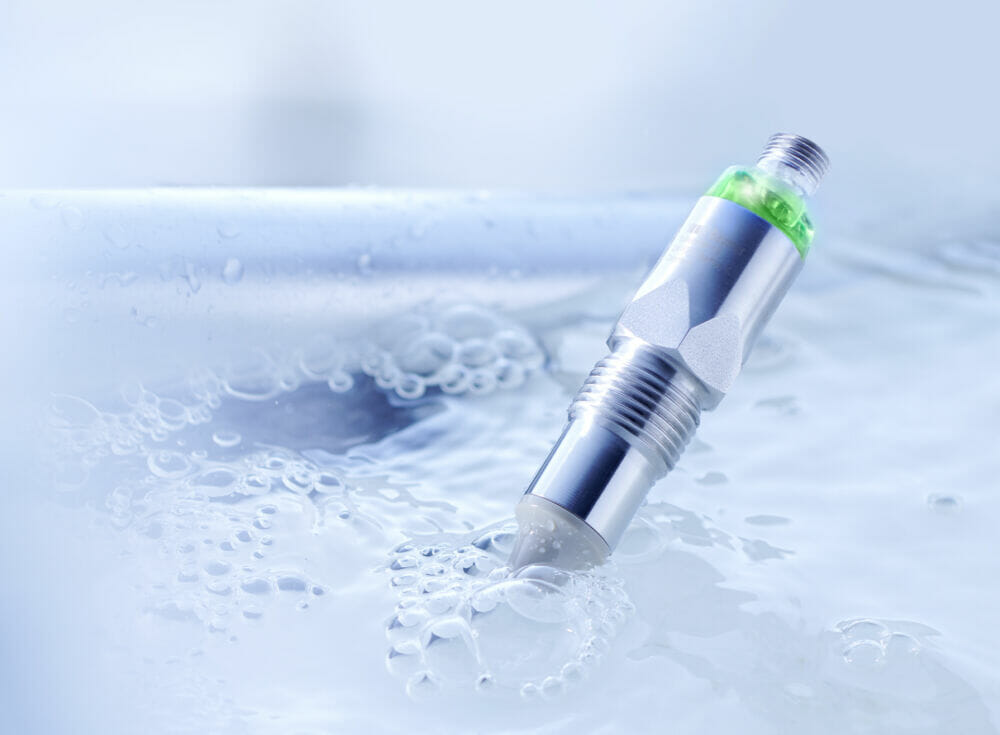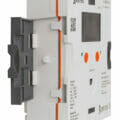The Challenge
Optimising production processes, reducing downtime and cutting costs is a constant challenge for all manufacturers, especially where there are trends for diverse product variations. The food and beverage industry is an example of where there are always demands on manufacturers to be innovative and be able to respond to customer demands for new flavours and variations. Consequently there is increased pressure on systems and the key components within them to be able to deliver what’s required.
Sensors are an obvious example of devices which are becoming increasingly important in the latest automated process systems such as the latest PAD20 level sensors from Sensing and Instrumentation specialists BAUMER. The new generation of PAD20 sensors have been pivotal in improving efficiency with accurate and reliable detection of air and gas bubbles in ingredients at one of Europe’s most advanced dairy plants. This has been recognised with the PAD20 analysis sensors winning a Dairy Technology Award for Environment and Sustainability presented at Anuga Food Tech in Cologne earlier this year.
Dr Mathias Wiora, Technical Innovation Manager at the Theo Müller group of companies confirms, “The days when we used to produce five or six core flavours for yoghurt are long gone, today we have to process up to 4 rotating seasonal types of fruit, plus up to 12 new flavours every year. Flexibility is also important as usually these flavours are only offered for a short period of time”. He added,” Whilst we are delighted to be able to offer our customers the variety of flavours they want, we have to balance this against optimising the efficiency of our process systems, ultimately reducing downtime and saving money”.
Sensing the Need

Loss of process efficiency was the key issue at one of The Müller groups subsidiaries where the frequent changes in yoghurt flavours produced around 6 to 8 kilograms of excess fruit concentrate which could not be used.
This led to additional costs for disposing unwanted ingredients and the extra time-consuming cleaning of the fruit containers. Karsten Noack, Senior Production expert explained, “We didn’t have the means of measuring the exact filling level of the containers and initially we thought we could calibrate the systems to suit the different fruit concentrates. However, with the constantly increasing changes in flavours this was not practical”. When it came to the more exotic flavours, the existing sensors were simply just not reliable enough and in the worst case scenario the sensor continued to run on an empty container causing nitrogen (used to push the fruit concentrate out of the container) to enter the pump. When this happened the systems were down for up to 15 minutes to enable production staff to solve the problem resulting in the loss of time it takes to make around 10,000 pots of yoghurt. Changing the containers to prevent the dry-running of the pumps was considered although this was not practical given the risks of producing high volumes of yoghurt without the required fruit concentrate.
Providing a Solution
Following an extensive search by senior production staff along with a collaboration of a system integrator and sensor manufacturer BAUMER, a solution was found. Precise timing for the container changes was the key issue and the latest PAD20 level sensors with its innovative Air Trigger feature solved the problem. The sensor is installed on the fruit container inlet pipe and reliably recognises when the container is empty at the right moment, basically it performs the function of precise, reliable air detection during the crucial process of container changing.
The sensor has the ability to measure air in all types of liquids regardless of whether liquids are pasty or viscous, reliably and fast. Thanks to this solution all fruit containers used in yoghurt production at Müller can be fully utilised because as soon as they are empty the sensor reacts so the system can be switched to the next container.
In summary, PAD20S level sensors are an effective, robust solution for detecting air and gas bubbles in any liquid or viscous media such as fruit preparations, cooling agents (DC>1.5) and particularly in harsh ambient conditions.
Switching outputs are individually adjustable with IO-Link (2) for definition of switching range, or two-stage alarms (early warning) and they provide optional multi-colour process visualisation through 360º of switching state.
More here:








